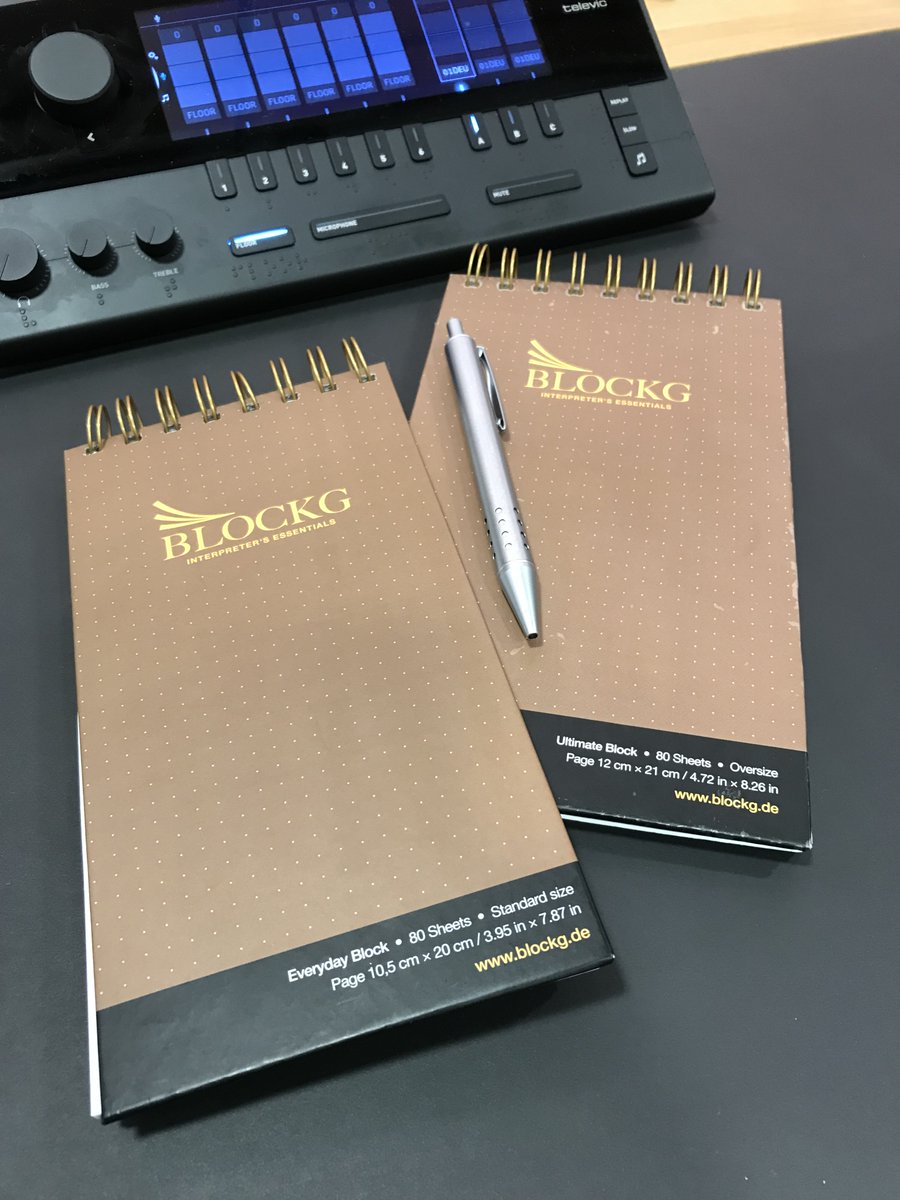
We often get the question: Which microphone should I buy? Here's a 🧵 with some recommendations. #1nt #RSI #terptech
Our first recommendation is not a microphone per se - but a good headset might be what you want. @adrechsel is very happy with the Sennheiser PC 8.2 (eposaudio.com/en/be/gaming/p…), @Goldsmith_Josh has been using the SC 60 for a while, also from Sennheiser (eposaudio.com/en/be/enterpri…).
Condenser mics like the Blue Yeti (or its smaller Yeti Nano version) get recommended a lot, but they have several drawbacks and require careful handling. They're also not exactly cheap. 

Instead, we suggest you look into dynamic microphones with a built-in USB connection. These also often come with a built in headphone jack that lets you hear yourself and the sound from the computer. And they have a handy on/off switch.
One example is the Samson Q2U (samsontech.com/samson/product…), which can be found for under 70€.
Another option: the ATR2100x-USB from Audio-Technica. audio-technica.com/en-gb/atr2100x… (usually around 100€)
If you really DO want a condenser mic, take a closer look at the Røde NT-USB Mini: en.rode.com/microphones/nt… (It should ideally be used with a boom arm, since it needs to be quite close to the mouth. Just like the Yeti 😉)
For the curious, here's a primer on the difference between dynamic and condenser microphones: bothners.co.za/dynamic-vs-con…
• • •
Missing some Tweet in this thread? You can try to
force a refresh



